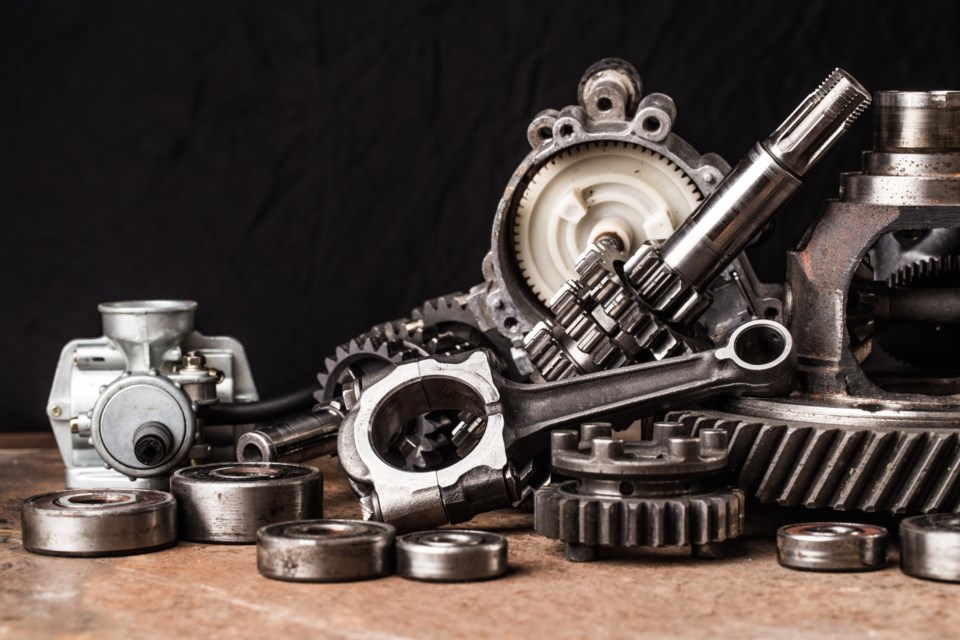WESTERN PRODUCER — Manufacturers of ag equipment and some agricultural dealers in Canada have changed their practices because of the COVID-19 pandemic.
They are now stocking more parts and components on site because a lack of products caused major disruptions during the pandemic.
“I know it can be a challenge for producers, dealers and manufacturers to determine the right amount of parts inventory to carry on farm and in their respective businesses,” said Bob Cochran, general manager of Highline Manufacturing, which makes bale processors, feed mixers and other equipment in Vonda, Sask.
“I know of many manufacturers who significantly increased their inventory levels in response to the supply chain challenges post-pandemic, in part to ensure customer satisfaction.”
Cochran, who is also chair of Agricultural Manufacturers of Canada, said it’s a difficult balance to get right. Companies need parts to manufacture equipment, but they can’t keep everything in stock.
“The cost of carrying inventory has certainly increased for all involved,” he said by email.
“When we don’t have it on the shelf we expose ourselves to some level of risk of downtime and reliance on the supply chain to get it to us.”
The pandemic was a difficult time for equipment manufacturers and ag retailers as shutdowns and lockdowns interfered with the supply chain. Steel production, parts manufacturing, trucking and many other pieces of the system were disrupted.
The consequence was shortages and longer wait times for ag retailers and farmers for tractors, balers, seed drills and other equipment.
Not every manufacturer has returned to normal, but supply chains have improved, Cochran said.
“Lead times are reducing and shortages are fewer on many components, although not on all of them.”
Overall, ag equipment manufacturers in Canada are recovering, but different companies are in difference stages of recovery, he said.
“In all cases it takes time for the market to stabilize, and that is happening.”




